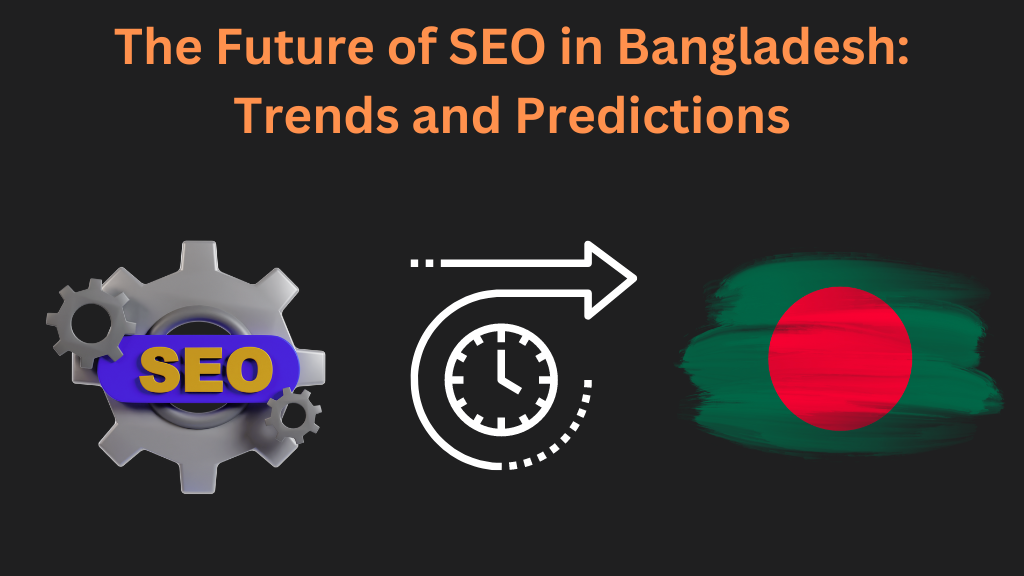The internet race is sprinting faster than ever. In today’s competitive landscape, website performance isn’t just a perk, it’s a survival tactic. This is where Core Web Vitals come in, acting as the ultimate performance report card for your website, directly impacting user experience (UX) and, crucially, your SEO.
This blog post equips you with the knowledge and tools to master Core Web Vitals. We’ll unveil the three key metrics – LCP, FID, and CLS – and delve into their impact on your website’s success. Additionally, we’ll equip you with actionable strategies and resources to optimize your website and leave the competition in the dust.

Table of Contents
ToggleThe Ripple Effect: Why Core Web Vitals Matter for SEO
Now, you might be asking, “How much of a difference can these metrics really make?” The answer is quite a lot. Studies have shown a clear correlation between poor Core Web Vitals and lower search rankings. Additionally, consider the user side of the equation. Impatient users bounce from slow, unstable websites, sending negative signals to Google and hurting your ranking potential. Conversely, a website that excels in Core Web Vitals offers a seamless, enjoyable experience, keeping users engaged and boosting your SEO prospects.
The impact of Core Web Vitals goes beyond direct ranking factors. They indirectly influence other crucial SEO elements like bounce rate, conversion rate, and dwell time. In short, optimizing your Core Web Vitals creates a ripple effect of positive SEO benefits, propelling your website toward the top of the search pyramid.
The Big Three: Demystifying Core Web Vitals
In this section, we’ll introduce you to the three pillars of Core Web Vitals:
- Largest Contentful Paint (LCP): This metric reflects how quickly the main content of your page loads, directly impacting perceived page speed. A sluggish LCP leads to impatient users and lost conversions.
- First Input Delay (FID): This metric measures how responsive your website feels. Imagine clicking a button and waiting ages for something to happen – that’s poor FID. A responsive website engages users and keeps them coming back.
- Cumulative Layout Shift (CLS): This metric assesses visual stability, ensuring elements on your page don’t jump around unexpectedly. An unstable layout confuses and frustrates users, harming their experience.
We’ll also explore why Google prioritizes these metrics in its ranking algorithm. Remember, Google wants to reward websites that create a positive user experience, and Core Web Vitals are a significant indicator of that.
Diving Deep into Optimization: Practical Tactics for Each Metric
1. Largest Contentful Paint (LCP): Speed is King
- Identify LCP offenders: Use Google PageSpeed Insights or Lighthouse to pinpoint elements delaying your LCP.
- Image optimization is key: Reduce image file size without sacrificing quality using tools like TinyPNG or Smush.
- Consider lazy loading: Load non-essential images below the fold only when needed.
- Upgrade your hosting: A sluggish server can hinder your LCP score. Explore faster hosting options.
- Minimize render-blocking resources: Eliminate unnecessary scripts or stylesheets blocking initial page rendering.
2. First Input Delay (FID): Responsiveness Matters
- Minimize JavaScript execution time: Defer or asynchronously load non-critical JavaScript.
- Reduce third-party scripts: Integrate essential ones and eliminate the rest.
- Optimize browser caching: Leverage browser caching to serve resources faster on repeat visits.
- Minimize DOM size: Keep your HTML structure lean and efficient.
3. Cumulative Layout Shift (CLS): Visual Stability is Crucial
- Specify image dimensions: Use
widthandheightattributes to prevent image resizing. - Preload critical resources: Preload crucial fonts and essential elements for immediate rendering.
- Use CSS
containfor layout control: Contain specific layout elements to prevent unexpected shifts. - Avoid animations during critical interactions: Wait until after content loads before initiating animations.
Remember, optimization is an ongoing process. Regularly monitor your Core Web Vitals performance and adapt your strategies based on the latest best practices.
Measuring and Monitoring: Your Core Web Vitals Toolkit
Here are the tools to assess and track your Core Web Vitals progress:
- Google PageSpeed Insights: Analyze your website’s performance and receive specific optimization recommendations.
- Lighthouse: A developer-friendly tool for auditing performance and debugging issues.
- Chrome User Experience Report: Get real-world data on your website’s performance across different devices.
- Google Search Console: Access the Core Web Vitals report to identify specific issues and prioritize improvements.
Learn how to interpret the data and prioritize fixes for maximum SEO impact. By focusing on the areas with the biggest SEO potential, you’ll see the most significant ROI.
The Collaboration Crucible: Web Dev & SEO Hand in Hand
Optimizing Core Web Vitals often requires a combined effort.
- Web Developers: Their technical expertise is crucial for implementing server-side optimizations and streamlining code.
- SEO Specialists: They bring a strategic perspective, prioritizing issues based on their SEO impact and analyzing data for informed decision-making.
Effective communication and collaboration between these teams are key to unlocking the full potential of Core Web Vitals optimization.
Conclusion: Unlock Your SEO Potential with Core Web Vitals
By mastering Core Web Vitals, you’ll create a website that’s fast, stable, and user-friendly, leading to improved SEO, increased traffic, and ultimately, greater success.
Ready to take action? Contact us today for a Core Web Vitals consultation and website audit. Together, we’ll build a website that thrives in the ever-evolving SEO landscape.
Remember, SEO is an ongoing process. Regularly monitor your Core Web Vitals and stay updated on best practices. Google’s algorithm and web technology evolve, so staying informed is crucial.
Don’t forget to share this post with your network! Let’s spread the word about the power of Core Web Vitals for SEO success.





